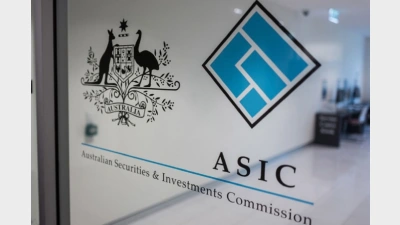Super funds bounce back in February



Superannuation funds have come out of the December quarter market downturn in good shape, with February’s median balanced option’s return of 2.6 per cent being the highest monthly return since July 2016.
This represented a full recovery for median options from last year’s slump, which saw super funds hit with four consecutive months of negative returns.
For the ten years to February’s end, the data, sourced from SuperRatings, showed that the top-performing option belonged to TelstraSuper with 9.7 per cent, followed by QSuper, UniSuper and CareSuper, all returning 9.5 per cent or above.
The median growth option returned 3.3 per cent over the month, with the median Australian shares and international shares options delivering performances of 5.4 and 4.2 per cent respectively.
SuperRatings executive director, Kirby Rappell, showed the sector’s resilience even in challenging market conditions.
“Markets have generally reacted favourably to the recent round of earnings in Australia and the US, while trade tensions have eased and central banks have backed away from further tightening,” he said. “But most participants expect volatility to return in the near future, meaning funds must remain focused on long-term performance.”
Recommended for you
Introducing a cooling off period in the process of switching super funds or moving money out of the sector could mitigate the potential loss to fraudulent behaviour, the outgoing ASIC Chair said.
Widespread member disengagement is having a detrimental impact on retirement confidence, AMP research has found.
Economists have warned inflation risks remain elevated even as the RBA signals policy is sitting near neutral after its latest hold.
Australia’s superannuation funds are becoming a defining force in shaping the nation’s capital markets, with the corporate watchdog warning that trustees now hold systemic importance on par with banks.









